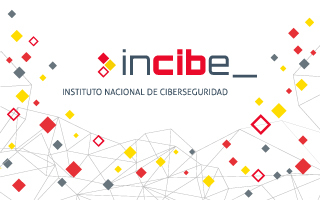
News updated on 15/01/2026

News posted on 08/01/2026

News updated on 30/12/2025

News updated on 23/12/2025

News updated on 18/12/2025

News posted on 16/12/2025

News posted on 02/12/2025

News posted on 27/11/2025

News posted on 25/11/2025

News posted on 20/11/2025



